Putin Orders Major Troop Increase Amid Ongoing Ukraine Conflict
President Vladimir Putin has ordered the Russian military to increase its troop numbers by 180,000, raising them to 1.5 million amid ongoing conflict in Ukraine. This recruitment initiative responds to personnel shortages exacerbated by high casualty rates, with expectations of intensified fighting in 2025 as Russia seeks to conclude military operations by 2026.
In an escalation of military preparations, President Vladimir Putin has enacted a decree to augment the Russian military forces by an additional 180,000 personnel, setting the new total to approximately 1.5 million troops. This directive is a response to the ongoing conflict in Ukraine, which has persisted for over two and a half years. Recent military setbacks, such as Ukraine’s incursion into the Kursk region, have underscored a pressing shortage of troops on the Russian side, further intensifying the urgency of this recruitment initiative. The decree, which will be implemented on December 1, 2023, raises the cumulative number of military personnel in Russia to around 2.4 million, including the aforementioned 1.5 million active troops. This move comes after a prior increase in December 2022, which previously had set the military personnel count at roughly 2.2 million and included 1.32 million troops. Moreover, as Ukraine anticipates an escalation of hostilities by 2025, its intelligence services forecast that Russia aims to conclude the ongoing conflict by 2026. Lieutenant General Kyrylo Budanov, the chief of Ukraine’s Defence Intelligence, noted, “If they do not come out of this war as self-professed winners by this time, then in the near future, about 30 years, they will lose the opportunity to be a superpower.” Putin’s latest military recruitment is pivotal, particularly in the context of heavy Russian casualties, reportedly exceeding 600,000 since the initiation of hostilities in 2022. In light of these losses and previous unpopular mobilization efforts, Russian authorities have increasingly relied on volunteer soldiers, drawn in by competitive compensation, as they exercise restraint in calling upon further reservists to avoid domestic instability similar to that witnessed in 2022. As the conflict continues, analysts suggest that Russia might have to depend more heavily on foreign allies for military sustenance, particularly in view of the critical losses suffered by its armed forces. The effectiveness of Russia’s defense industry in offsetting these losses remains uncertain as the situation develops further.
The conflict between Russia and Ukraine has escalated dramatically since the invasion in 2022, leading to significant military casualties and strategic adjustments on both sides. Analysis shows that personnel shortages have heavily influenced the course of military engagements, particularly evident in recent Ukrainian offensives into Russian-held territories. The Kremlin’s strategy appears to pivot increasingly toward large-scale recruitment while grappling with the internal unrest that past mobilization efforts have triggered. International assessments reveal a deteriorating situation for Russia, emphasizing the urgency to secure a favorable conclusion to the conflict.
In conclusion, President Vladimir Putin’s order to bolster Russian military personnel by 180,000 reflects the ongoing challenges faced by Russia in the protracted conflict with Ukraine. The anticipated escalation of hostilities and the projection that Russia aims to conclude the war by 2026 highlight the strategic pressures on Moscow. Furthermore, the reliance on volunteer soldiers and international partnerships signifies a profound shift in military strategy amidst significant losses and the need to maintain internal stability.
Original Source: www.abc.net.au
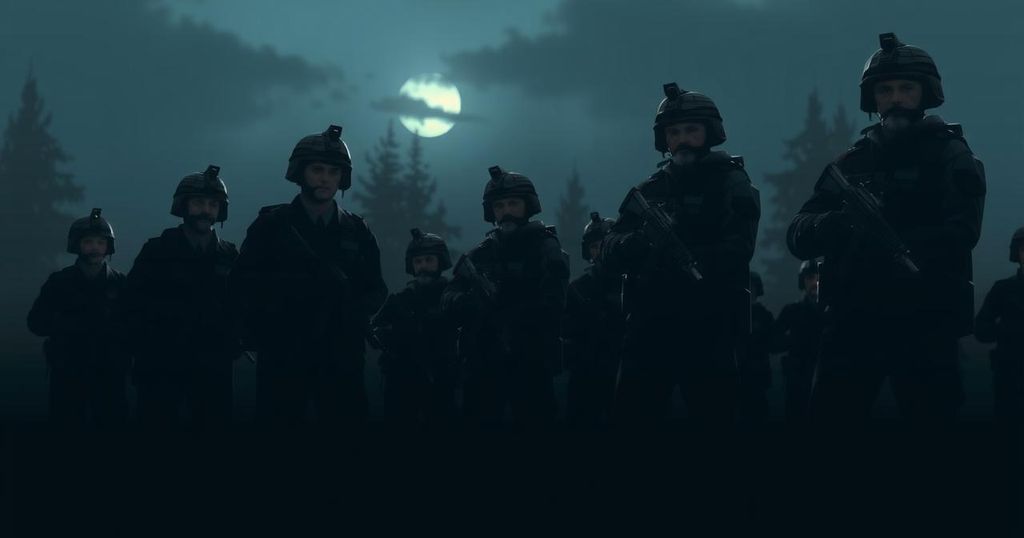

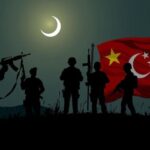
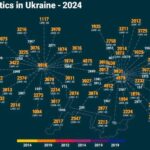

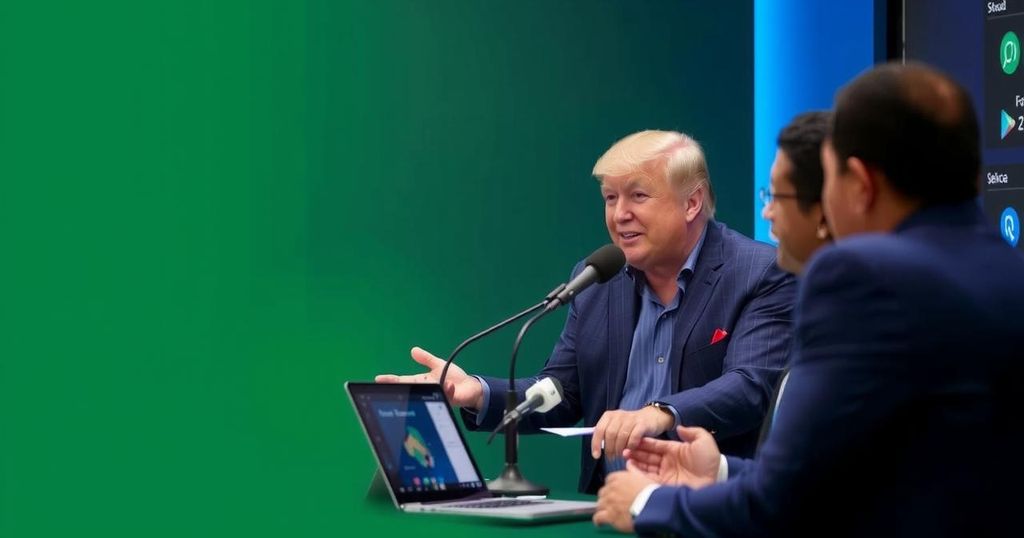
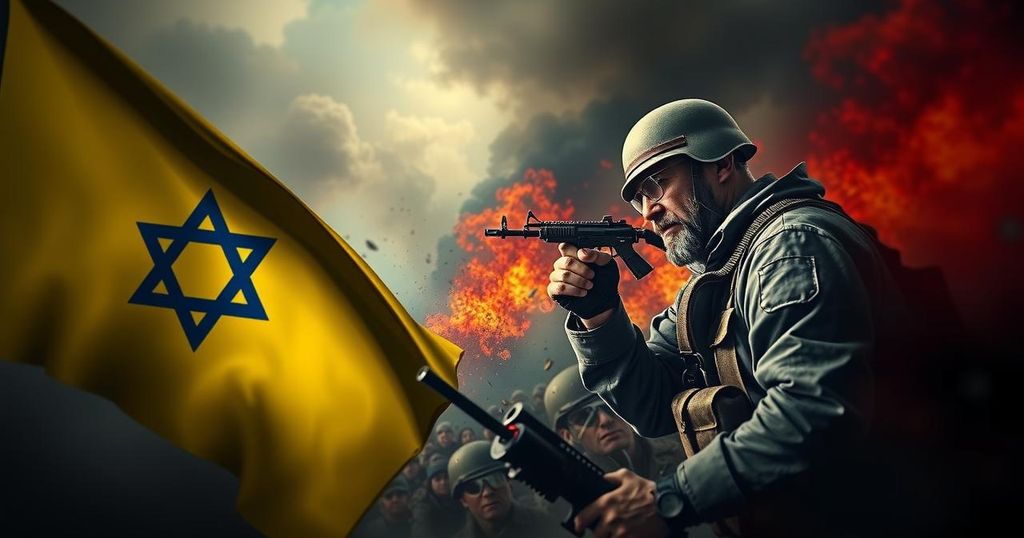
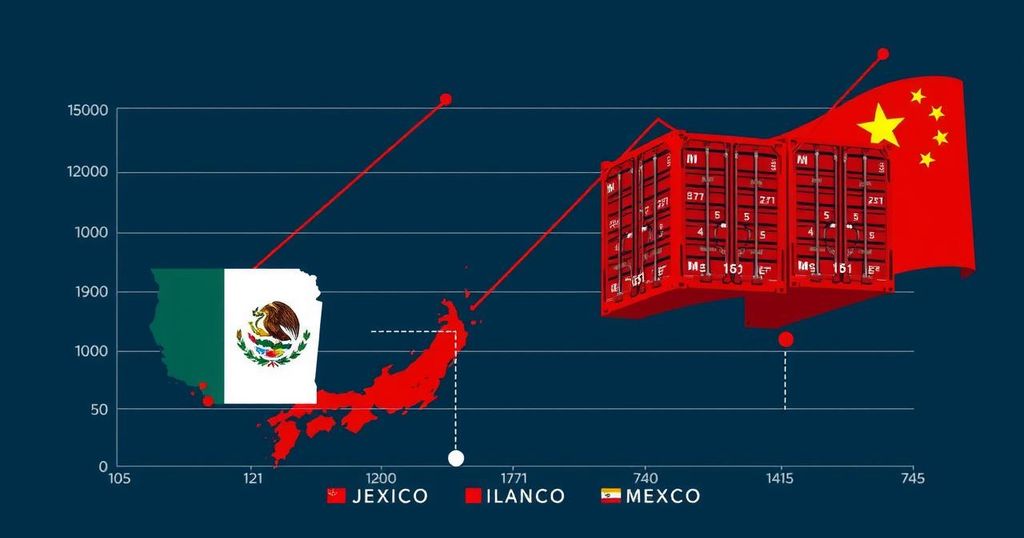
Post Comment